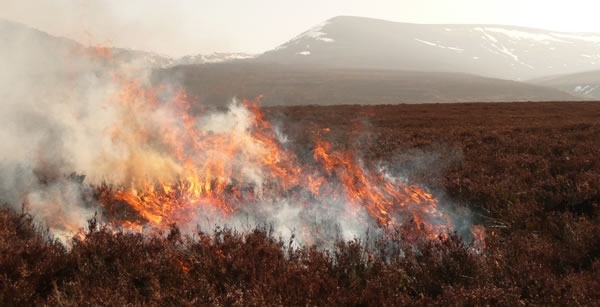
Our heather moors were created thousands of years ago by settlers, who are known to have used fire and grazing to clear woodland. These ancient skills have since been adopted by gamekeepers and conservationists alike - because they maintain this globally-rare habitat.
George Monbiot’s suggestion (Clearing moors for grouse shooting creates a tinderbox - 27 June) that we should cover our moors in trees, because they don’t burn, is daft. The biggest wildfires in Scotland have involved regenerated forests. No doubt those dedicated to protecting our moorland wildlife and the ten million visitors attracted the beauty of the Peak District would agree.
Andrew Gilruth
Director of Communications
Game & Wildlife Conservation Trust
Free Guide on Heather Burning
Download our essential free guide on heather burning, extracted from the pages of our bestselling book The Moorland Balance.
Download Free >